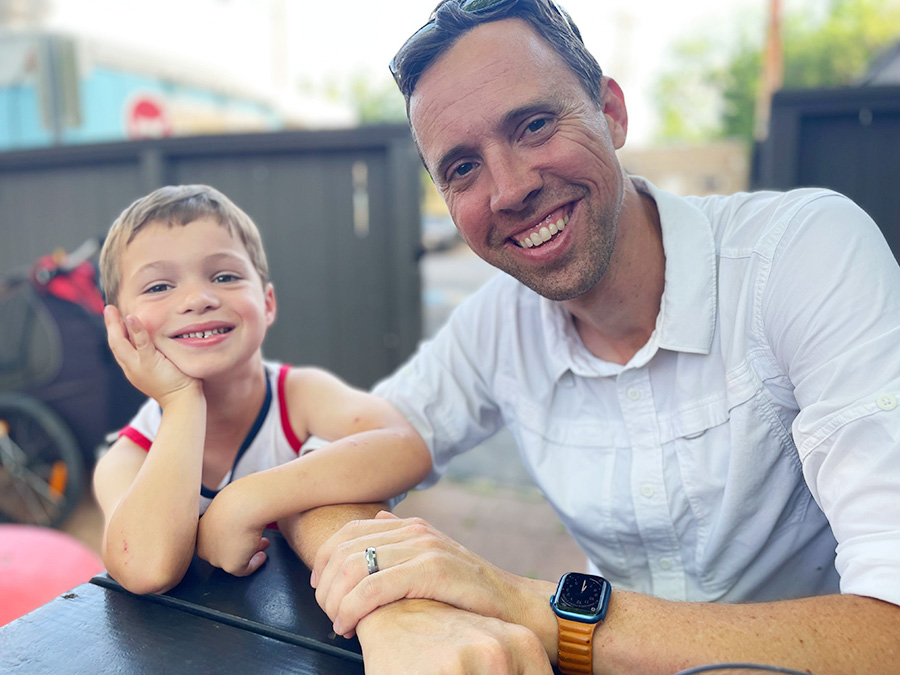News Release

Interview with Brian Chambers
Posted 8/9/2022
What place has the most potential to be impacted by urban design and planning?
In today’s world, our mental and physical well-being are more important than ever. Our shared outdoor spaces are critical to supporting all aspects of public health from how we physically get around to the ways we engage socially with one another. Outdoor spaces can be places for us to recharge, relax and recreate. There is a park near my office, Market Square Park, that I find myself visiting frequently both to recharge and to enjoy the energy of those around me. To me, this park represents the definition of good urban design and planning. There are both spaces to sit alone and spaces to enjoy large crowds at public events. There is both shade and sunshine. You are surrounded by nature with dappled light through the tall trees, but can also see office towers in the distance and old historic architecture nearby. This space allows me to – depending on my need of the day – connect with nature, myself and those around me.
What is your favorite iconic space? Why?
It’s not a building or landscape design project, it’s actually the Redwood forests in California. I was not a hiker until I moved to Oakland, Calif. While living there, my wife and I spend countless hours hiking under the canopy of the giant redwood trees in what felt like our own room surrounded by the chartreuse ferns, chocolate bark and dappled light. It was awe inspiring. During those hikes, I enjoyed great conversations with my wife and friends, pondered and made big life decisions, and enjoyed the beauty of the world around me. It is a truly special place that I feel deeply connected to.
What landscape architecture, urban design and/or planning trend are you paying attention to right now?
Placemaking is a hot topic right now. The challenge is defining what that actually means, as I find people in our industry use it to refer to many different things. For me, placemaking is about ensuring a space meets the real needs of people. It is incorporating the identity of the local region or community to form a space that is both functional and aesthetically pleasing. Placemaking gives a space – whether that be a neighborhood, park or streetscape – a soul and heart. It creates emotion and gives character to a location. Oftentimes, these spaces end up being the catalyst for a larger movement.
Why Design Workshop?
Becky Zimmermann, CEO of Design Workshop, always describes our firm as one office with long hallways. This description speaks to me as I’ve lived all over the world, and want to continue that broad perspective. When I returned home to Houston a few years ago, I was seeking a role where I could have the opportunity to work with a diverse group of people around the globe while also making an impact locally. Design Workshop offers the ideal situation for me – I can be part of continuing the transformation of my hometown while working on projects and collaborating with colleagues all over the nation and world. It’s all one long hallway, with a whole array of people sharing their knowledge garnered from their own diverse experiences. This results in really great projects and results for our clients.